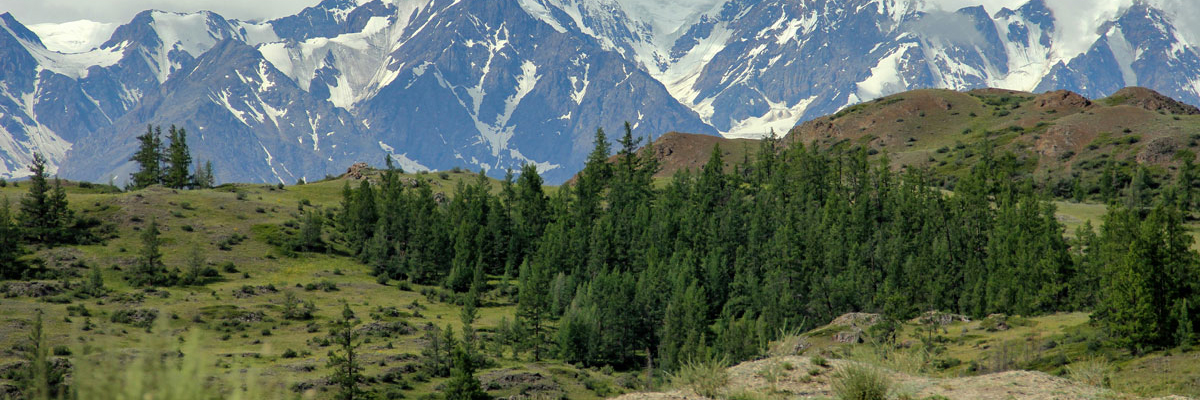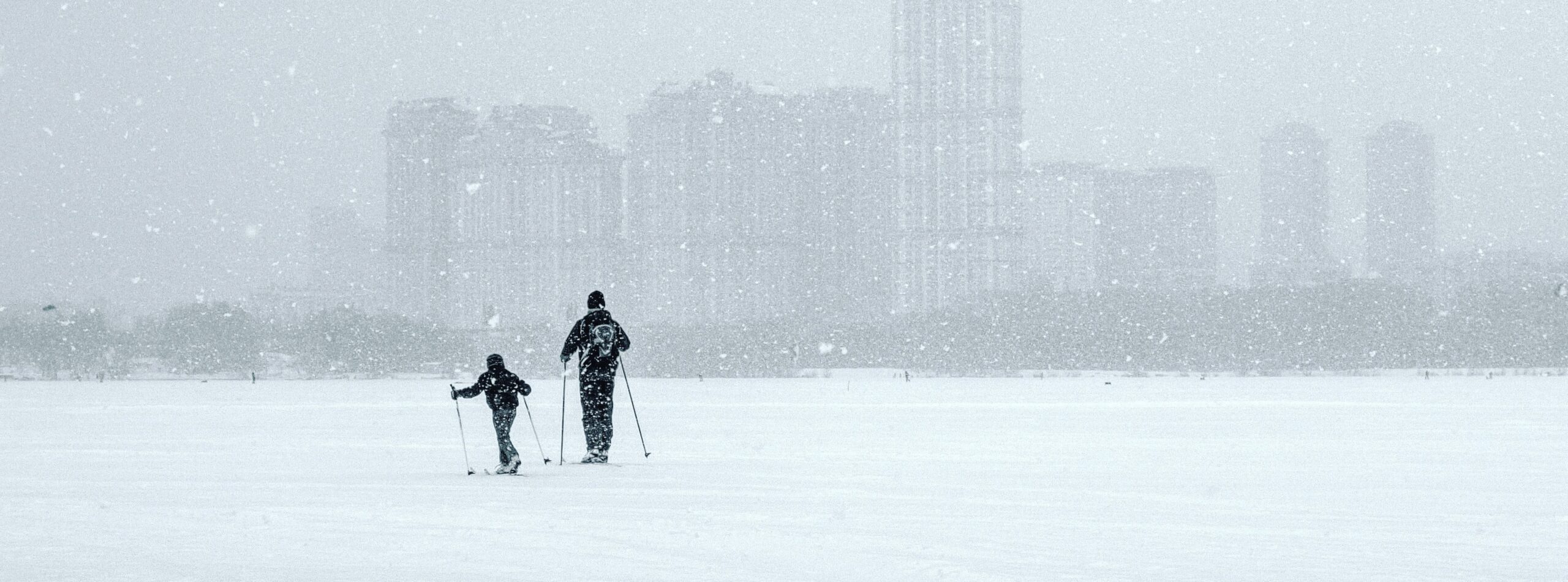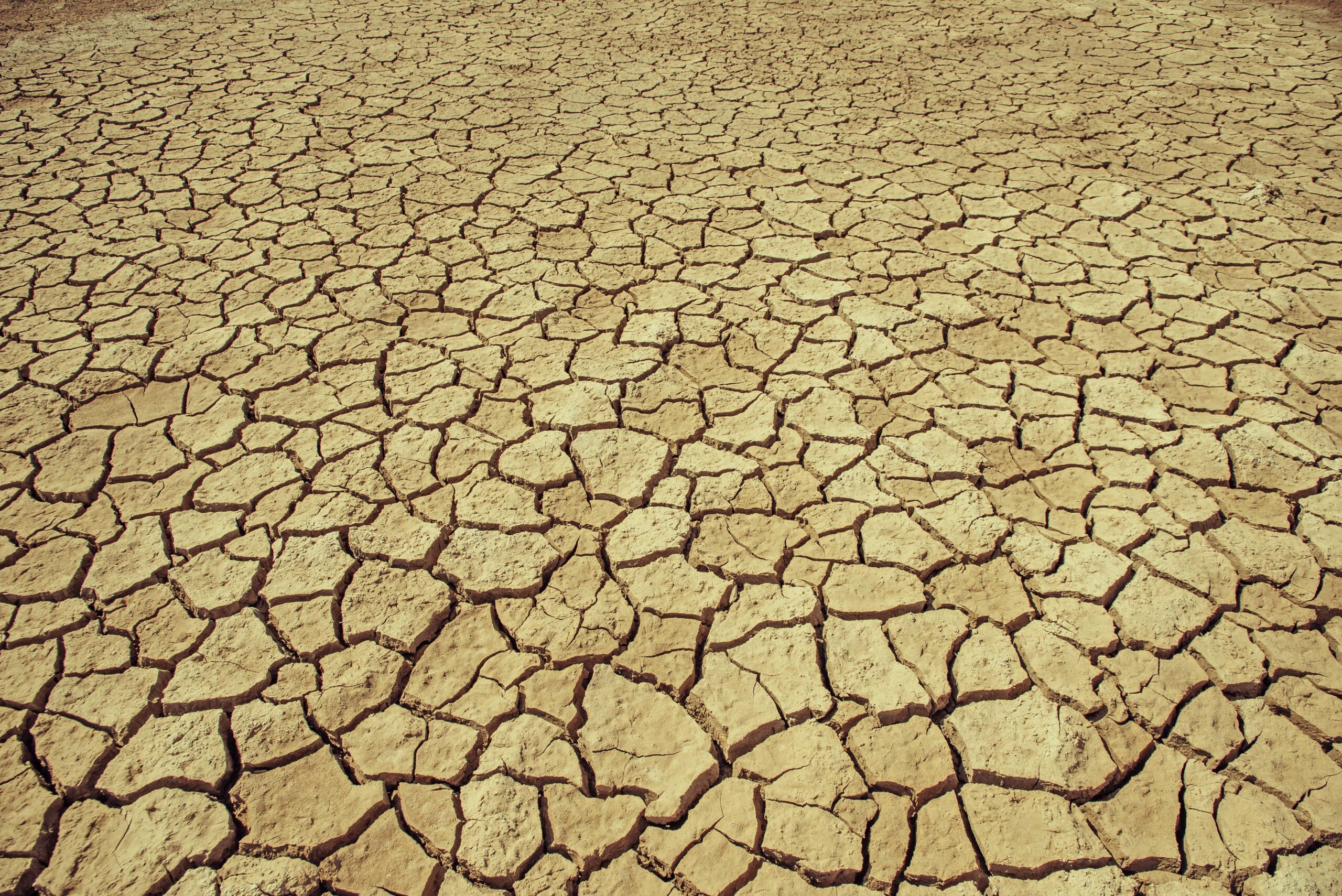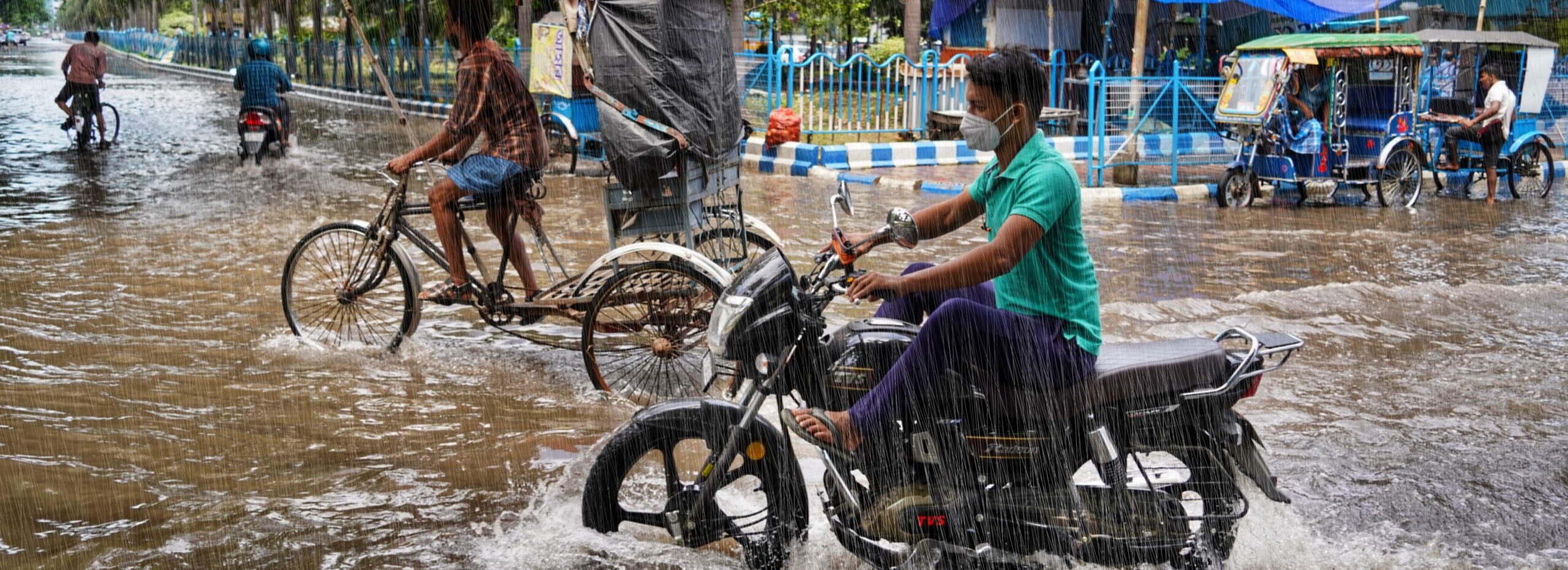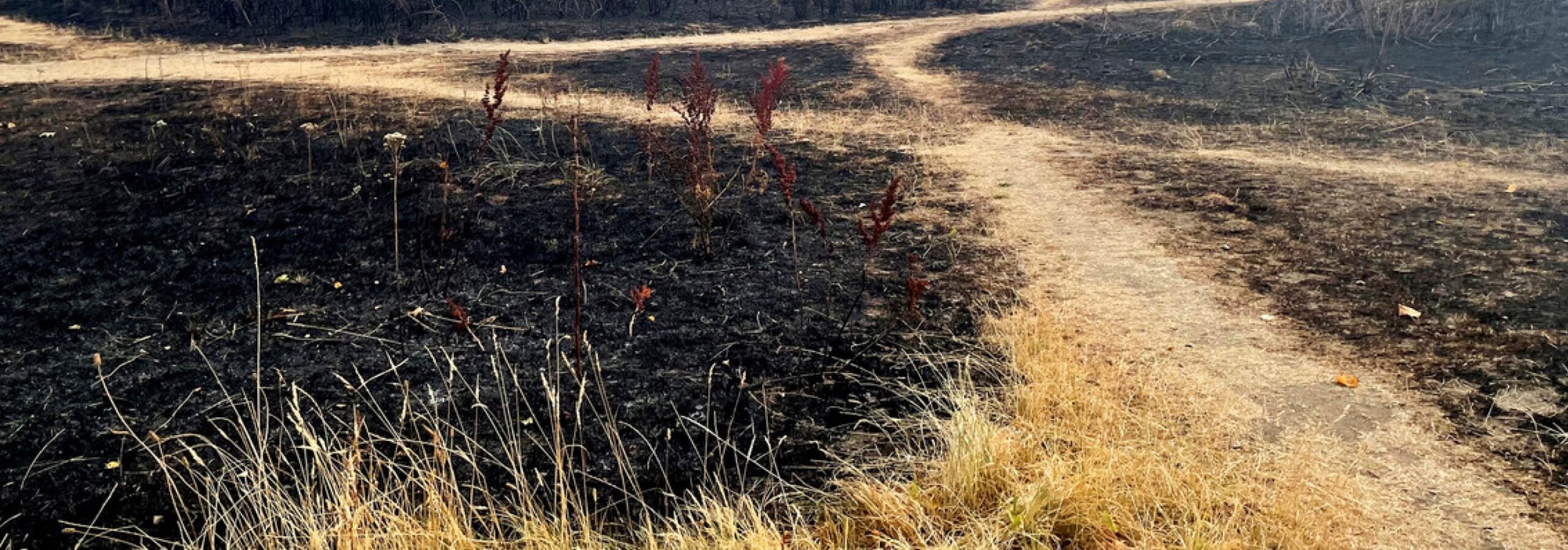In our latest study, scientists from France, Germany, Netherlands, Russia, Switzerland and the UK collaborated to examine whether and to what extent human-induced climate change had a part to play in making this heatwave hotter and more likely. In many previous studies we have seen hot spells and heatwaves become hotter and more frequent around the world, consistent with our scientific understanding. In places such as Siberia, a hotter climate can have devastating effects, not just on the local wildlife and people who live there, but also on the world’s climate system as a whole, for example through thawing permafrost, reduced snow cover and melting ice.
The current Siberian heat has contributed to raising the world’s average temperature to the 2nd hottest on record for the period January to May. Using published scientific methods we looked at a large region spanning most of Siberia, inclusive of the area affected by the prolonged six-month heat and the town of Verkhoyansk that recorded the record daily temperature for the Arctic region. We analysed the average temperatures between January and June 2020 for the large region, as well as the hottest maximum daily temperature in June 2020 for Verkhoyansk. We found in both cases that this event would have effectively been impossible without human-induced climate change.
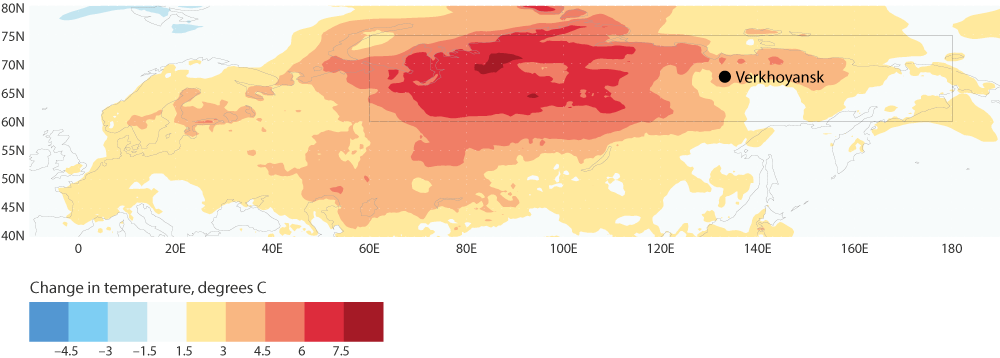
Main findings
- The results showed with high confidence that the January to June 2020 prolonged heat was made at least 600 times more likely as a result of human-induced climate change.
- We note that even with climate change, the prolonged heat was a very rare event expected to occur less than once every 130 years.
- The results for the town of Verkhoyansk show that the record breaking June temperatures were also made much more likely (upwards of many thousands of times), though there is less confidence in this result.
- Combining the values from the models and weather observations shows that for the large region the same six-months hot spell would have been at least 2 degrees Celsius cooler had it occurred in 1900 instead of 2020. For Verkhoyansk, maximum June temperatures increased due to climate change by at least 1 degree compared to 1900.
- By 2050 the Siberian region could expect to have temperatures increase by at least 2.5 degrees compared to 1900, but this increase could be as high as 7 degrees.
- This would correspond to an additional warming of at least 0.5 degrees and possibly up to around 5 degrees by 2050 compared to today.
Background
Siberia can normally expect to have a series of low and high pressure systems moving over the region allowing warmer and cooler air to affect the weather. However, a strong jet stream in the 2019-2020 winter led to very warm conditions which caused ice and snow to melt and in turn increased the warming with darker surfaces absorbing more heat. Overall, the 6 months from January to June 2020 were more than 5 degrees Celsius warmer than average (1981–2010) over the study region (see Figure 1). This extremely hot period led to local heat records being broken, including at the Verkhoyansk weather station which recorded 38 degrees Celsius on 20 June. The Russian Meteorological Service said that this measured temperature was the highest ever recorded beyond the Arctic circle, with the World Meteorological Organization carrying out its own research to verify this.
This has resulted in a range of natural and human disasters leading President Putin to declare a state of emergency, as reported in the media including The Guardian, Reuters and The New York Times. Siberian forests have been experiencing wildfires because of the hot, dry conditions that have extended across thousands of miles, and led to the release of 56 Megatons of CO2 in June. Those areas not affected by the fires have become a breeding ground for large swarms of Siberian silk moths that feed on the trees making them more prone to fire. Fish are swimming deeper in the oceans looking for cooler water making it harder to catch them with current equipment, whilst people on the land have reported an increase in physical and mental conditions as a result of the increased and prolonged heat. The melting of the permafrost has caused infrastructure to collapse leading to fuel leakages and resulting environmental disasters. In addition, the melting could lead to the release of trapped methane gas, a potent greenhouse gas, into the atmosphere.
Heatwaves and hot spells can be defined in a large number of ways and there is not one “right” definition but depending on the impacts different definitions will be appropriate. For this study we used two definitions:
- the large region over Siberia which experienced prolonged higher than normal temperatures over the first 6 months of 2020, and
- the weather station in the town of Verkhoyansk that measured a maximum temperature of 38 degrees Celsius on 20 June.
For the large region we analysed average temperatures over 6 months while looking at maximum June temperatures for the single weather station. The large regional definition is relevant for most impacts whereas the temperature record at an individual place can help people understand their local changing climate. From a scientific point of view it is always useful to compare different ways to define an event in order to assess how much the results depend on the exact definition. In this case we found for both extreme events (prolonged six-month heat and record daily temperature in June 2020 in Verkhoyansk) that human-induced climate change played a very large role. While we are very confident that the large-scale prolonged event would have been essentially impossible without climate change, our confidence for the daily record at the individual weather station is much lower. This is due to better data being available and the increased robustness achieved from averaging climate models over large regions.

